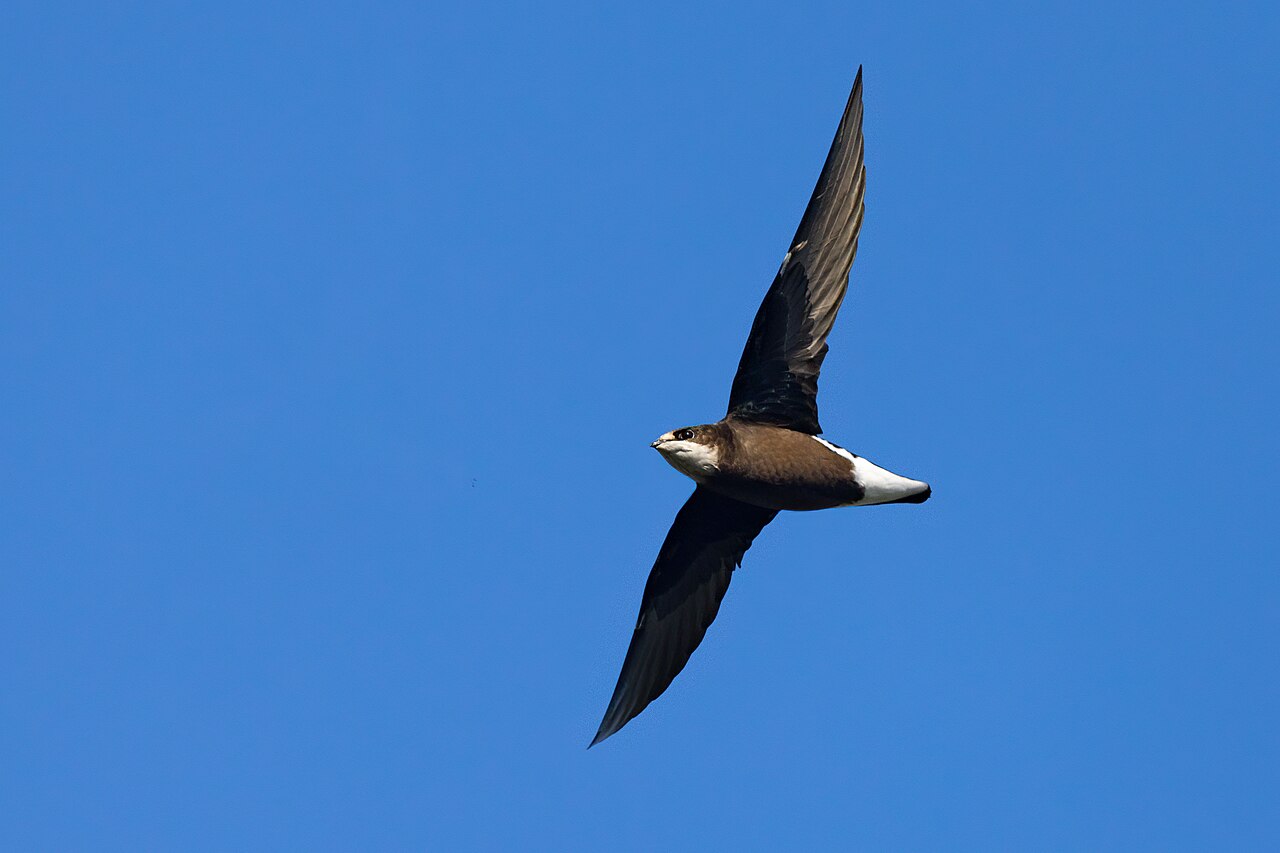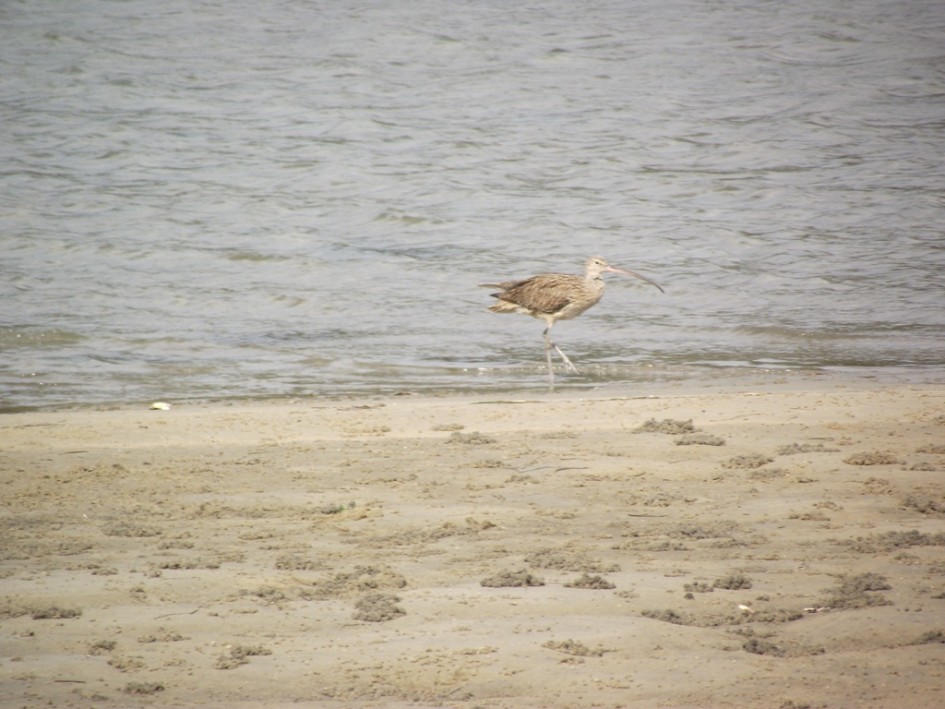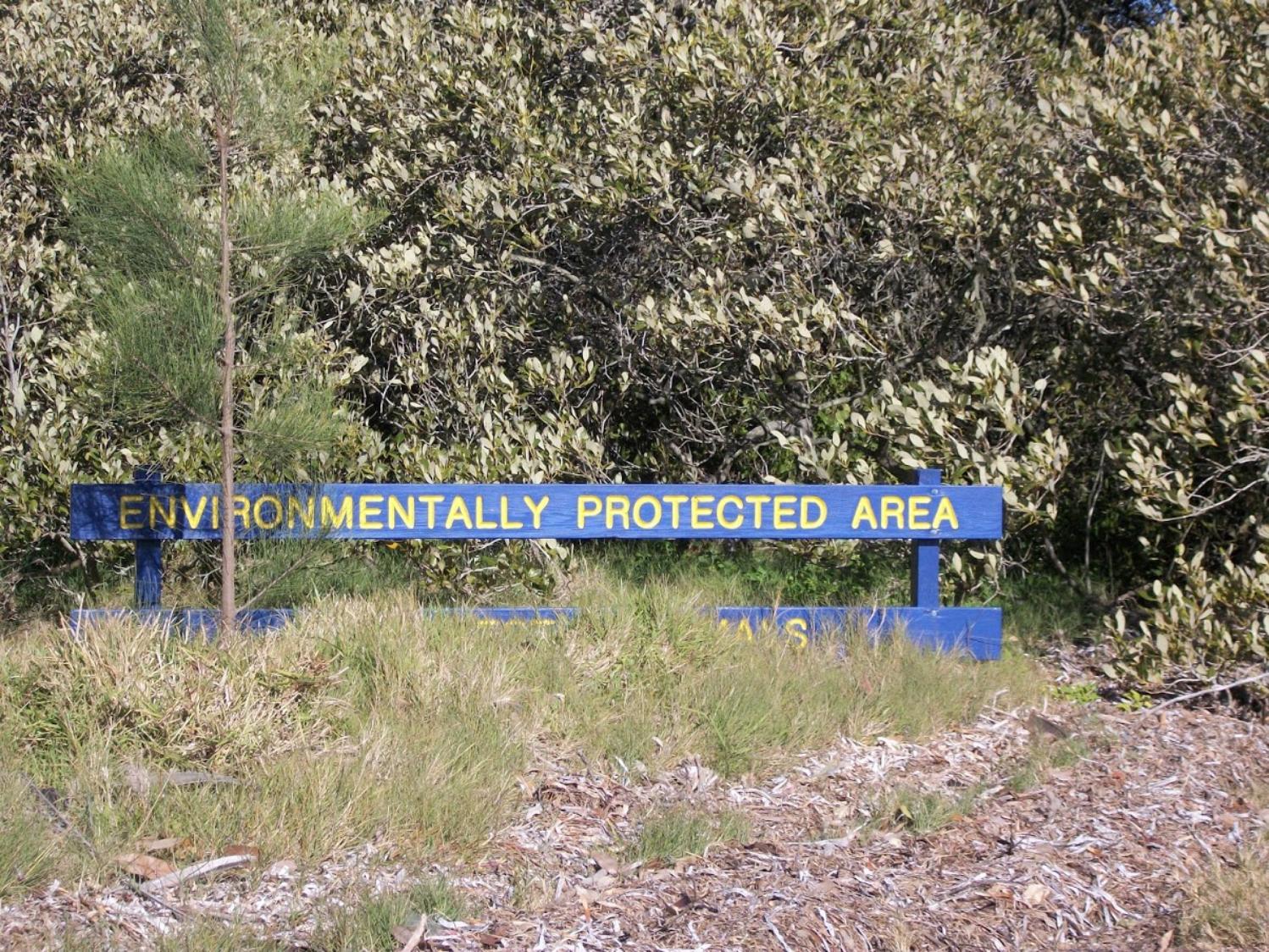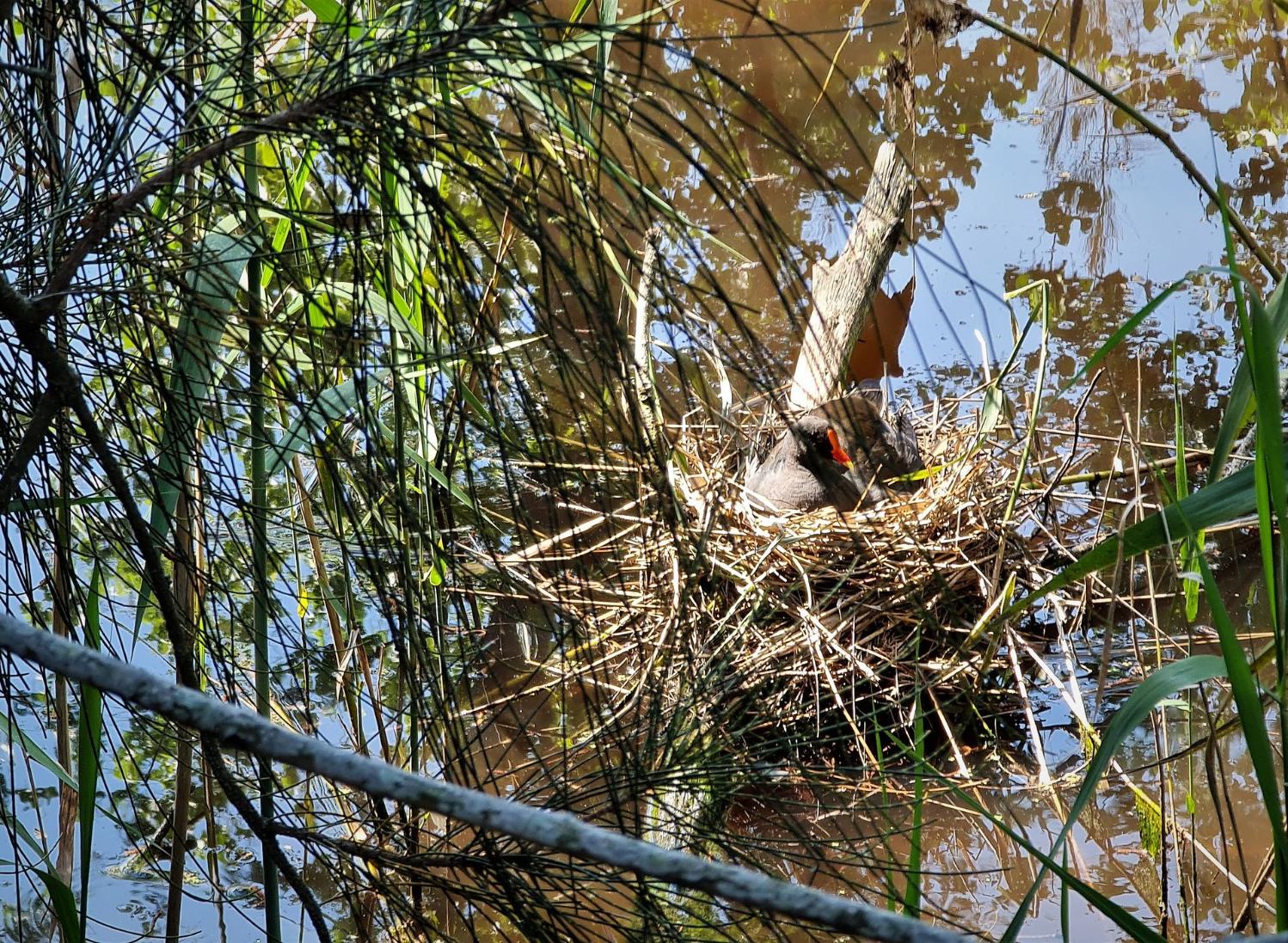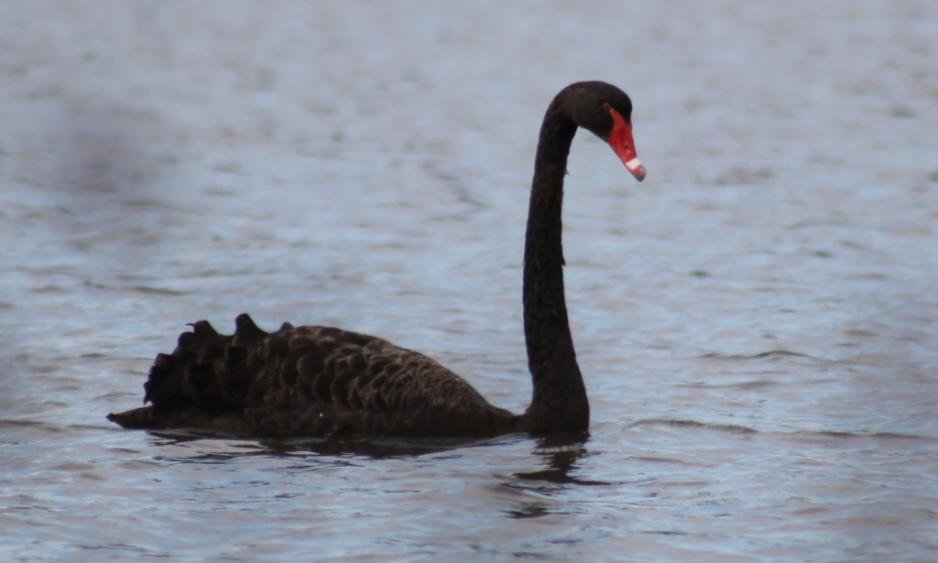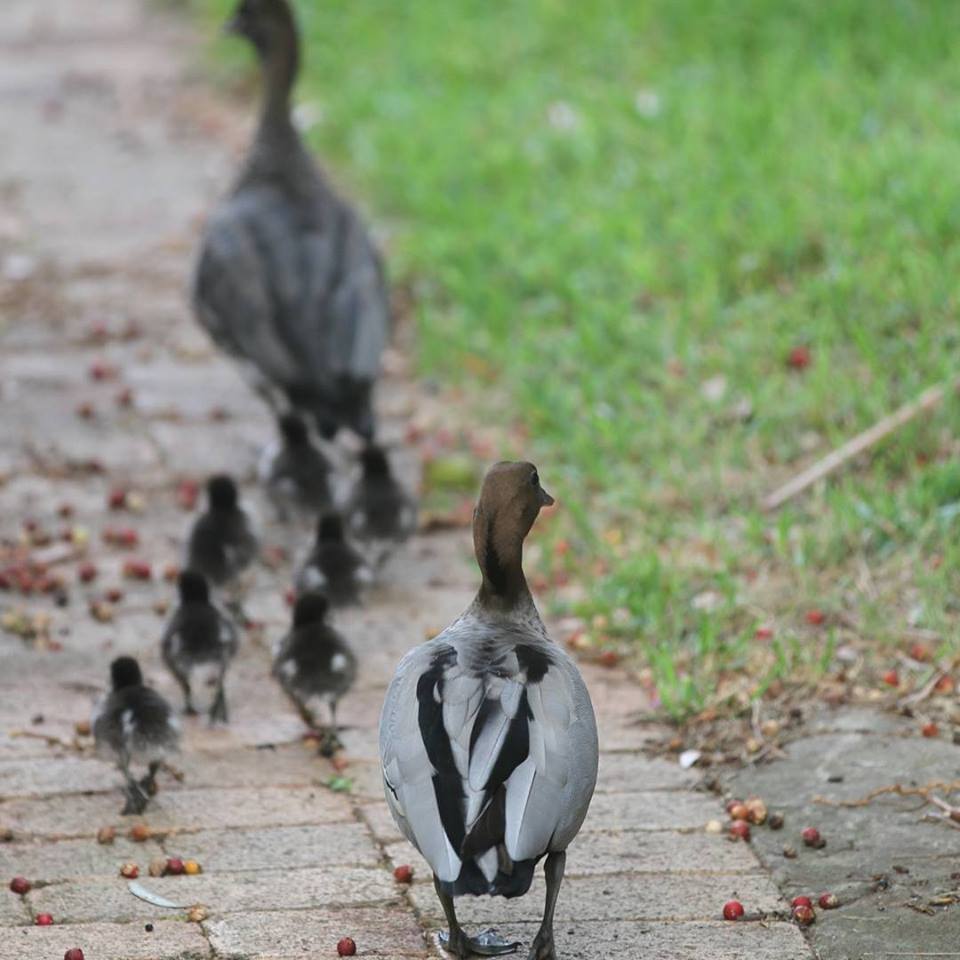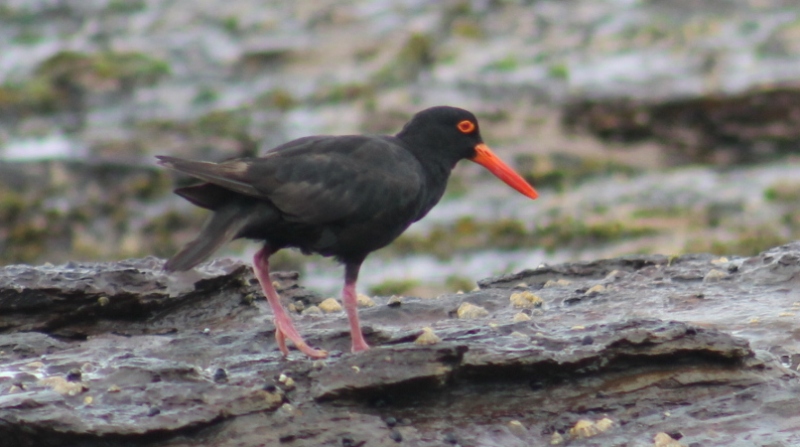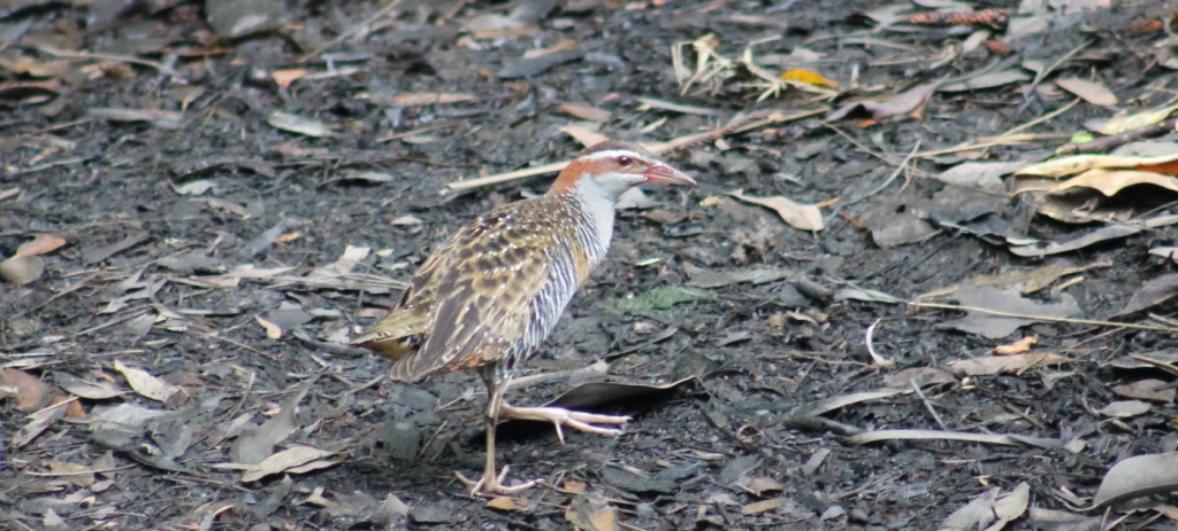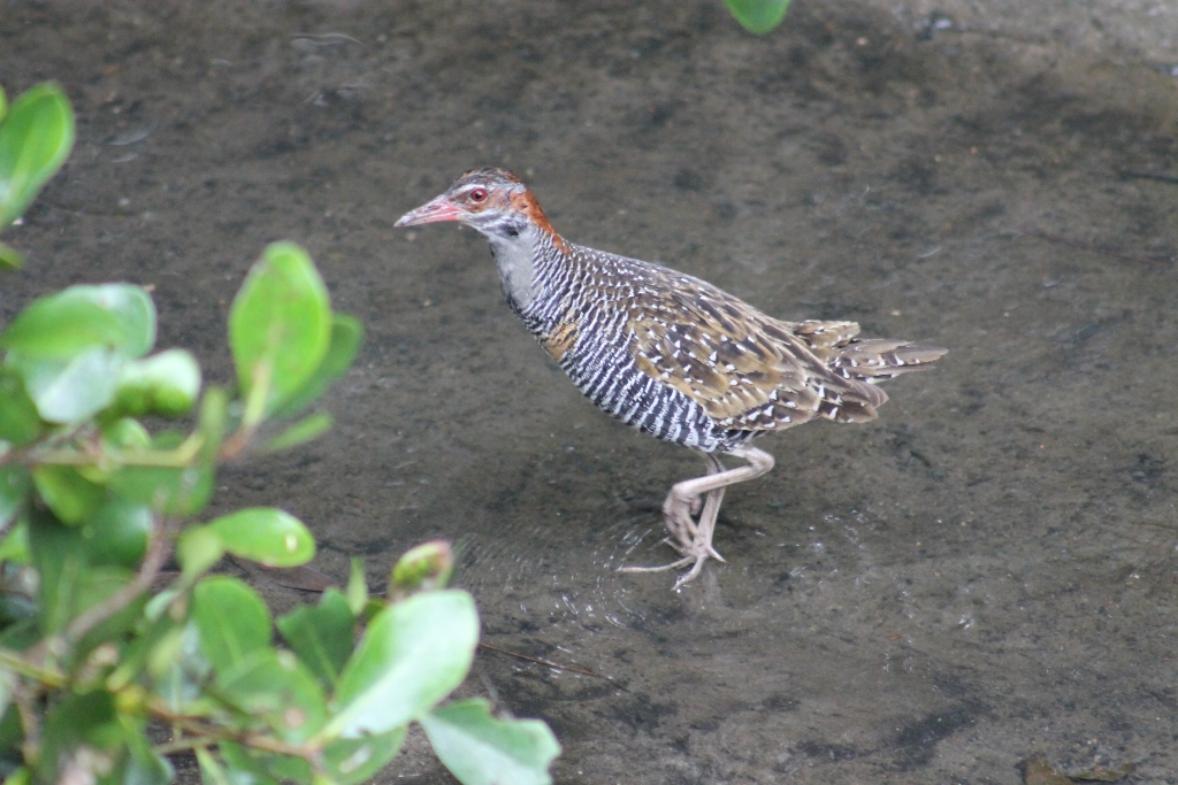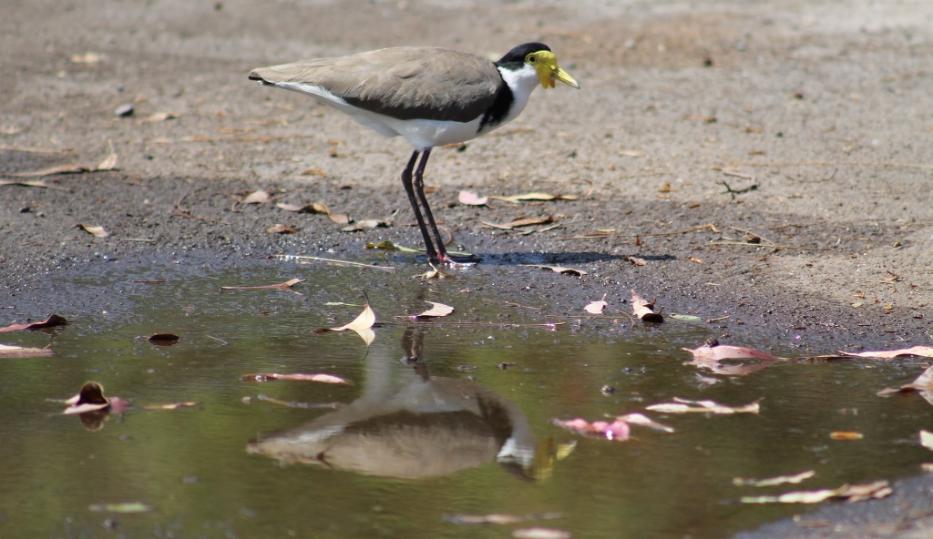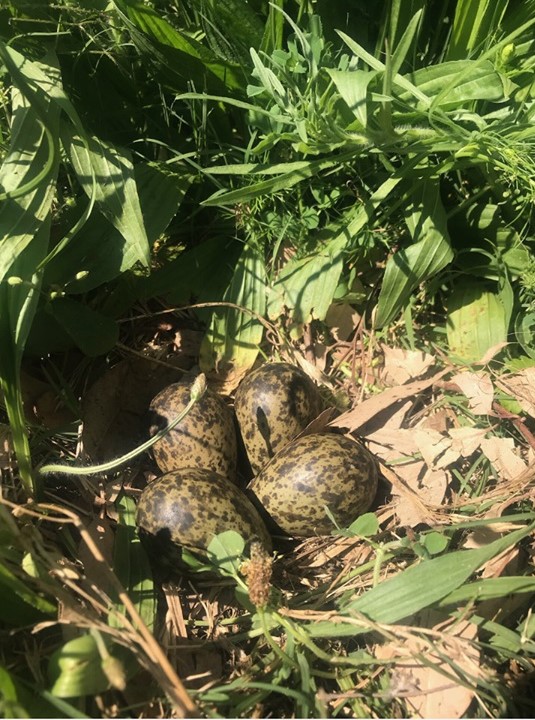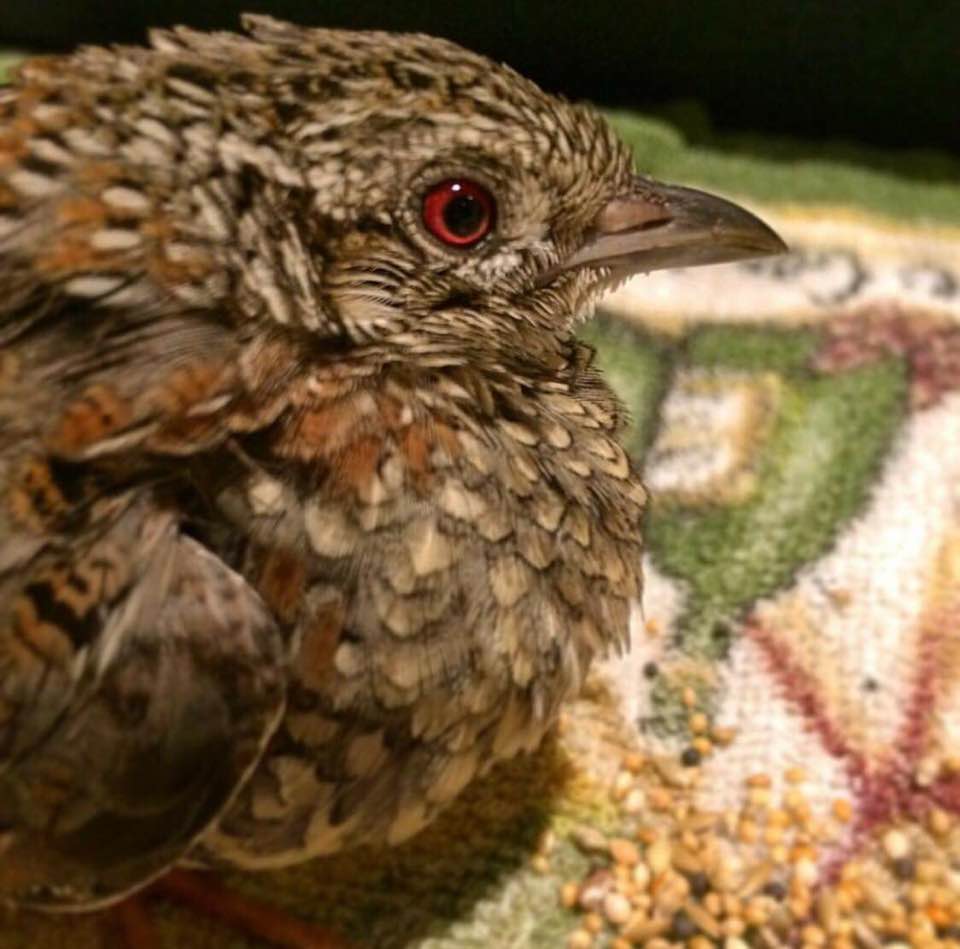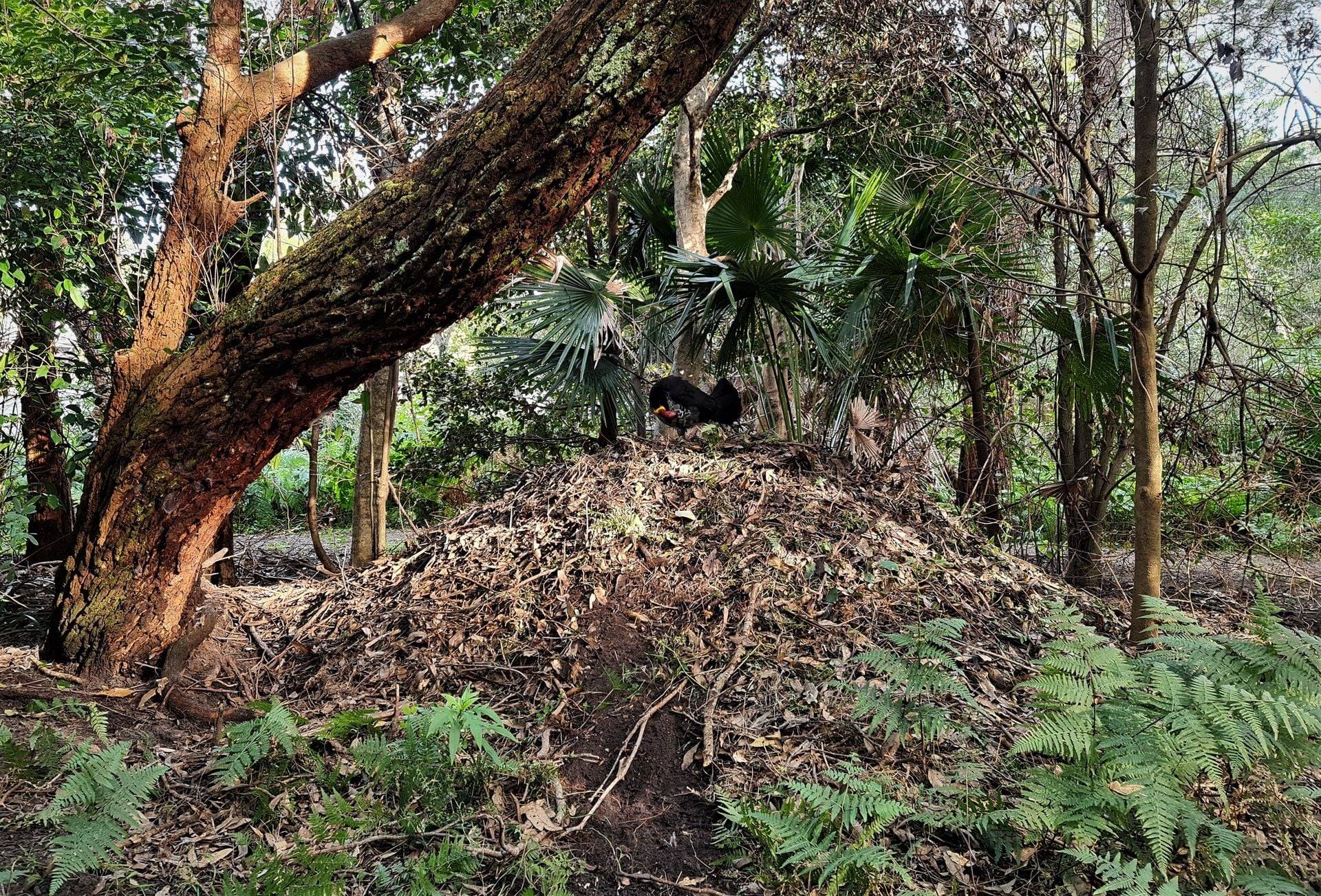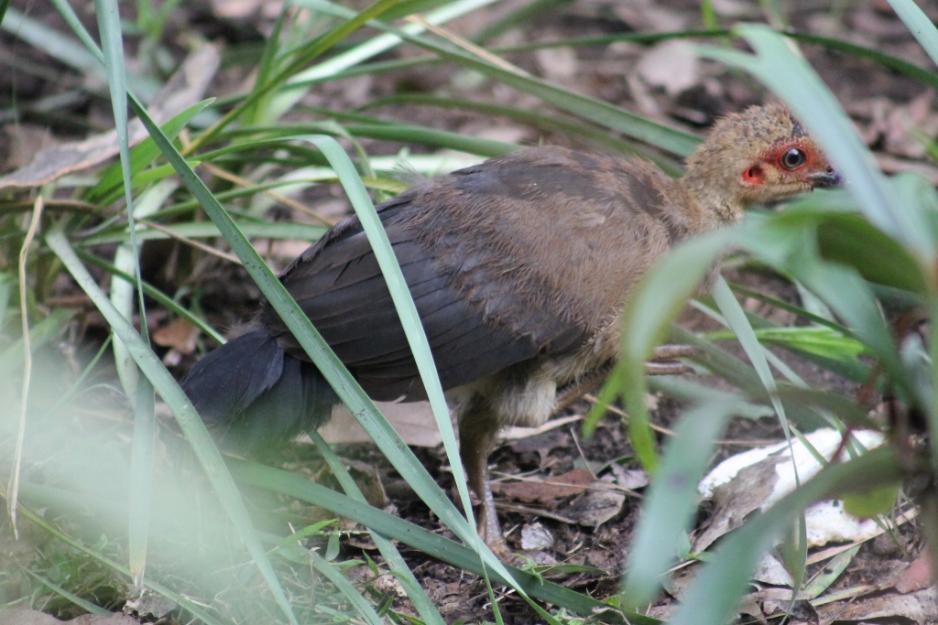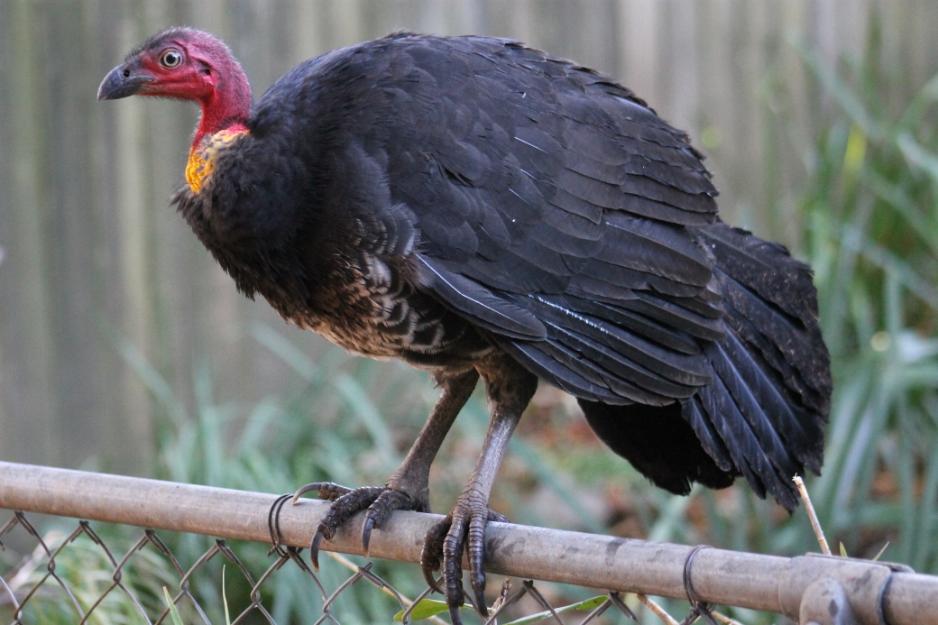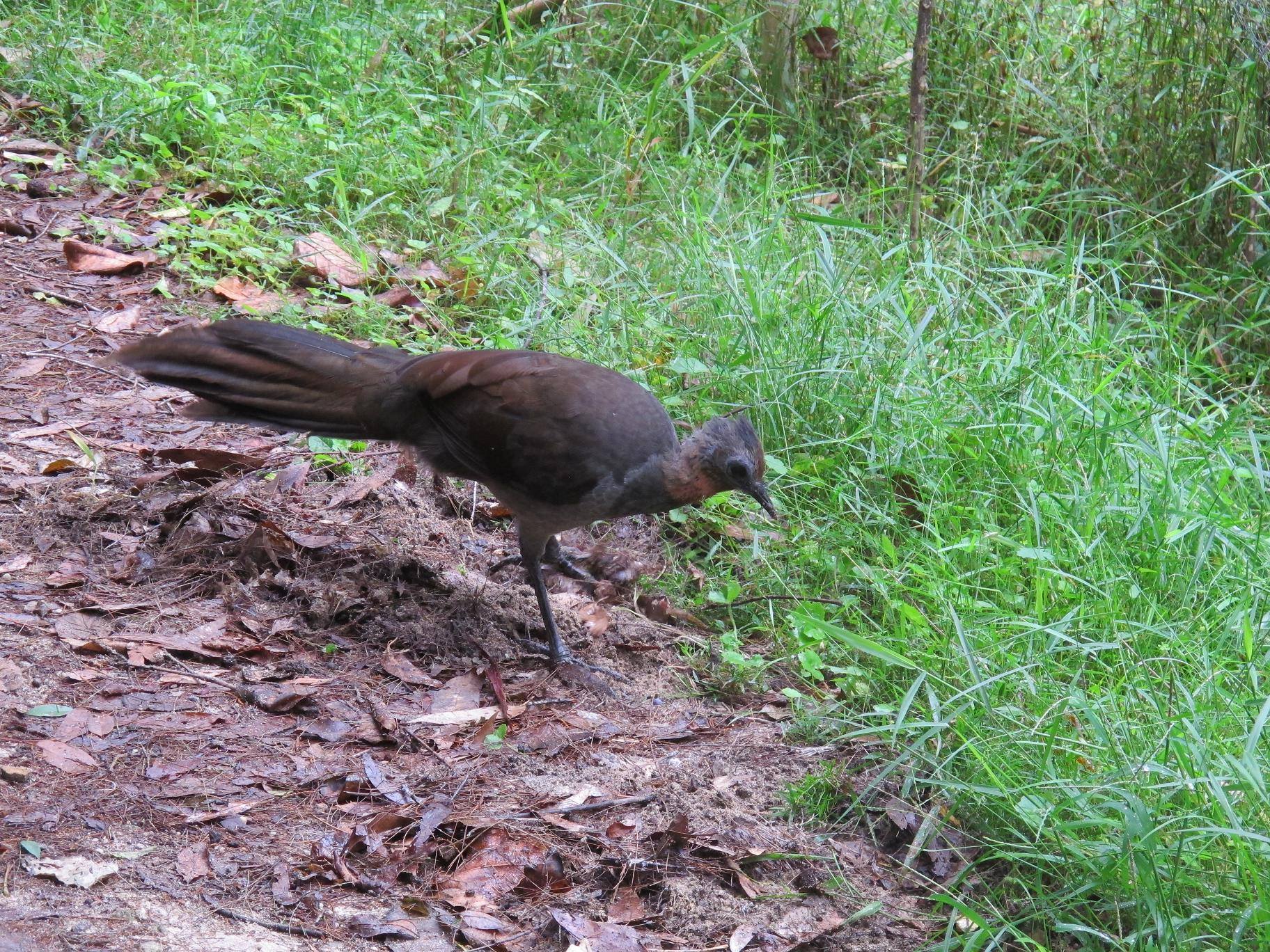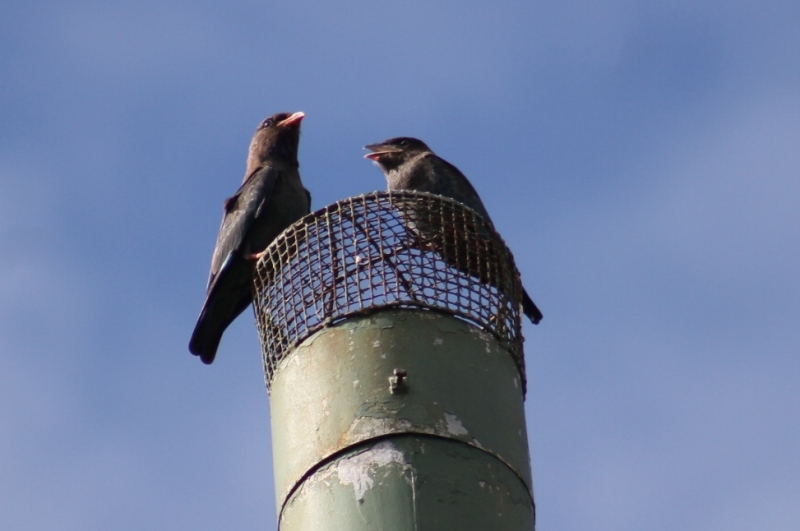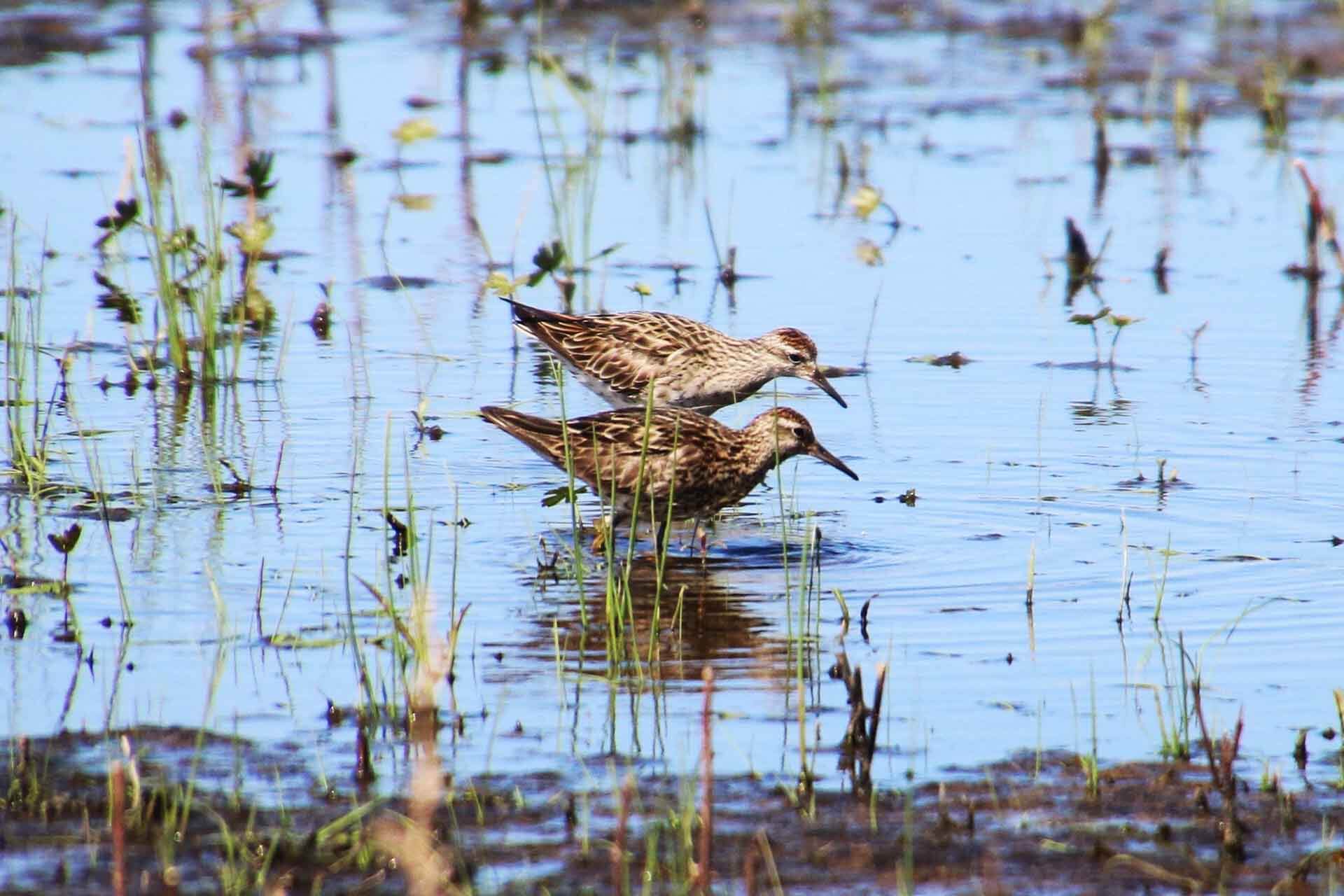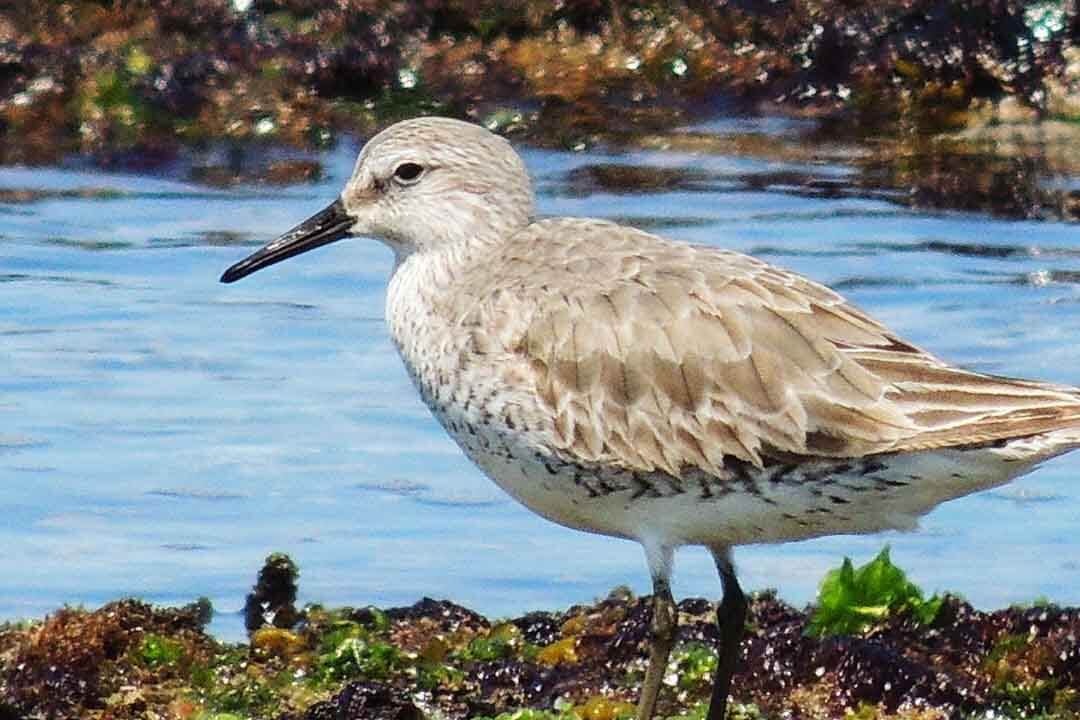
Every year, nomadic Australian waterbirds fly vast distances to find food and the perfect nesting site. They have to be good at finding not just water, but the right kind of water. But across much of Australia, that can be hard.
These species need long periods of flooding to produce the shallow, food-filled wetlands that support them and their chicks during breeding seasons. If the floodwaters fall too rapidly, the whole season can be threatened.
We don’t yet fully understand how these birds find these temporary wetlands. But by putting satellite trackers on species such as great egrets, plumed egrets, royal spoonbills and straw-necked ibis, we found the hidden flyways – bird highways – they use to search for wetlands in the Murray-Darling Basin.
Our research has also shown how important it is for these birds to be flexible to survive in a tough environment. Birds dependent on flooding can’t just do the same thing every year – they have to constantly change destinations.
Our research can help focus conservation and protection efforts to ensure the most important breeding and feeding sites have reliable access to water.

Chasing the floodwaters
As rivers swell and break their banks, floodwaters fill dry billabongs and cover low-lying areas. These shallow, temporary wetlands soon fill with insects and young fish. For inland waterbirds, these wetlands offer food and safe nesting places.
But egrets, spoonbills and ibis can take years to reach breeding age. If conditions aren’t right, they won’t breed at all.
Australia is known for its waterbirds, both inland and coastal. To protect local species and those migrating from far away, Australia has made international commitments to protect waterbirds and wetlands.
But when human demand for water clashes with the needs of waterbirds, the birds can lose out. If irrigation and farming uses up too much water, there may not be enough left for the wetlands these birds need.
The Murray-Darling Basin contains critically important wetlands for waterbirds and is also home to many farms, orchards and rice paddies. Ensuring there’s enough water in the system for healthy wetlands is already difficult, and will get harder as rainfall becomes less predictable under climate change.
To help with this problem, water managers periodically release environmental flows of water from dams back into the Murray-Darling system. Among other things, these flows are designed to give waterbirds the conditions they need to successfully breed.
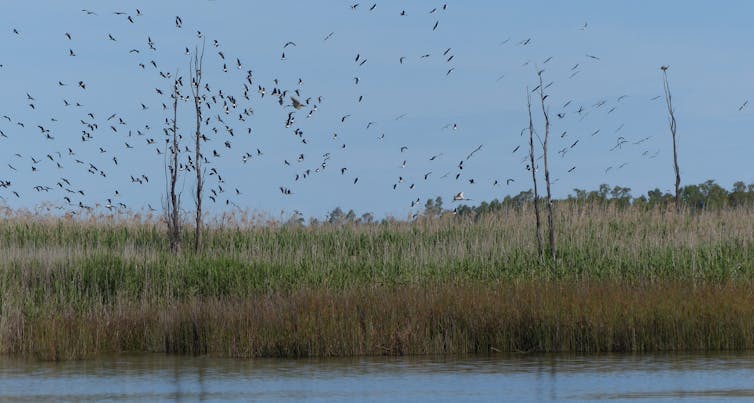
Backpacks for birds
In 2016, we began placing tiny backpacks equipped with satellite trackers on waterbirds to find where they move to. Over the last decade, bird satellite tracking has come a long way. Many are solar powered, transmitting accurate data as often as we need it and over months to years. These days, trackers weigh just 1–3% of the weight of the bird.
We now have more than 50,000 days of data from more than 200 birds. We tracked some birds for more than seven years, and tracked some juveniles from their hatching site to their first breeding season.
The birds nest in noisy groups of thousands to tens of thousands when conditions are right. We chose them because they have similar habitat and food requirements as many other related waterbird species.
What our research shows is how vital it is to be flexible. Birds from each species often proved able to switch movement styles over time. One season, they might stay close to productive wetlands, while another might see them flying long distances.
Straw-necked ibis, royal spoonbills and egrets often switch between local movements all the way through to continental scale, though this can vary between species and individual birds. By contrast, the familiar white ibis tend to stay in one place as adults.
Individual waterbirds can use favourable winds to travel long distances. We recorded some birds flying at speeds up to 135 kmh, with daily records of 700 km and annual totals of over 15,000 km. Some flew as high as 2,800 metres.
In 2023, we tracked a newly fledged plumed egret flying from the Macquarie Marshes in northern New South Wales to Papua New Guinea. It was the first time the species has been tracked doing this in detail and it was remarkable to watch the egret cross the ocean, flying 38 hours non-stop from coast to coast.
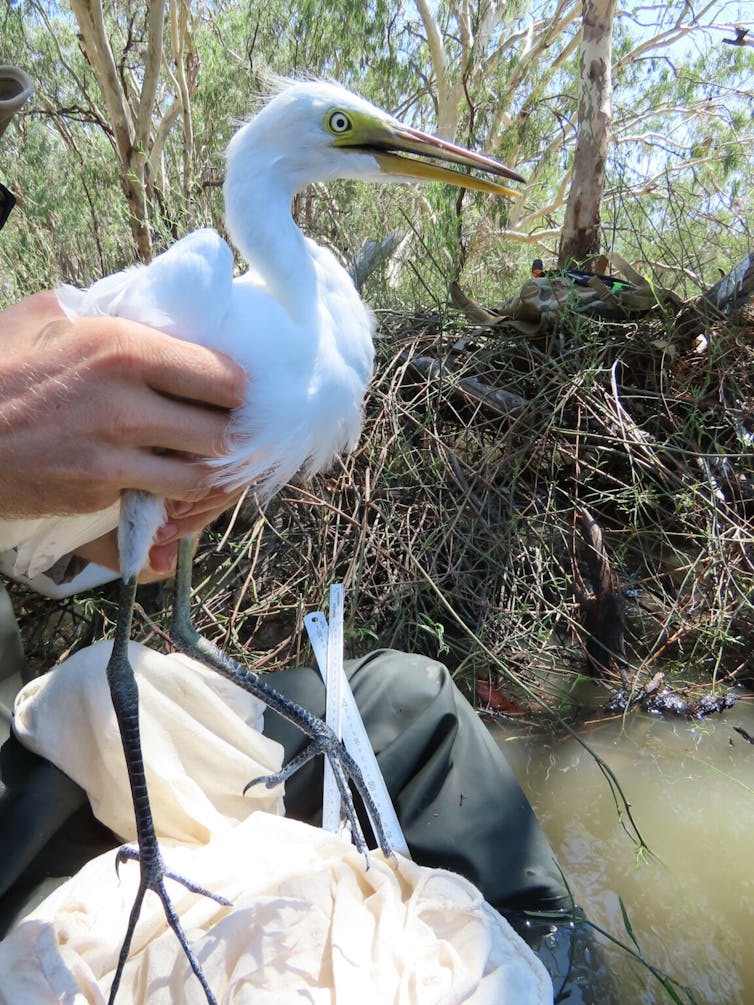
The data provide clear evidence of common movement routes used by ibis, spoonbills and egrets. We named the largest of these the Murray-Darling Basin Flyway, as it connects important breeding sites from south-west Victoria all the way to southern Queensland. These include the Barmah-Millewa Forest on the Murray River, Gayini and Yanga on the Murrumbidgee River, Lake Cowal, the Macquarie Marshes, the Narran Lakes and the Gwydir Wetlands.
In an Australian first, we also tracked nesting birds. This shows us where and when adults get food for their chicks, and when and how often they attend the nest. We found straw-necked ibis often travel much further to find food when nesting than royal spoonbills or white ibis.
Tracking what’s lacking
Tracking waterbirds has given us new insight into how cleverly these birds deal with Australia’s extreme conditions.
But while these birds have been able to survive Australia’s seesawing climate, it’s an open question whether they can hold on as climate change makes water even less predictable – and as human demands increase.![]()
Heather McGinness, Senior Research Scientist, CSIRO; Luke Lloyd-Jones, Research Scientist, CSIRO, and Micha V Jackson, Researcher in Applied Ecology, CSIRO
This article is republished from The Conversation under a Creative Commons license. Read the original article.
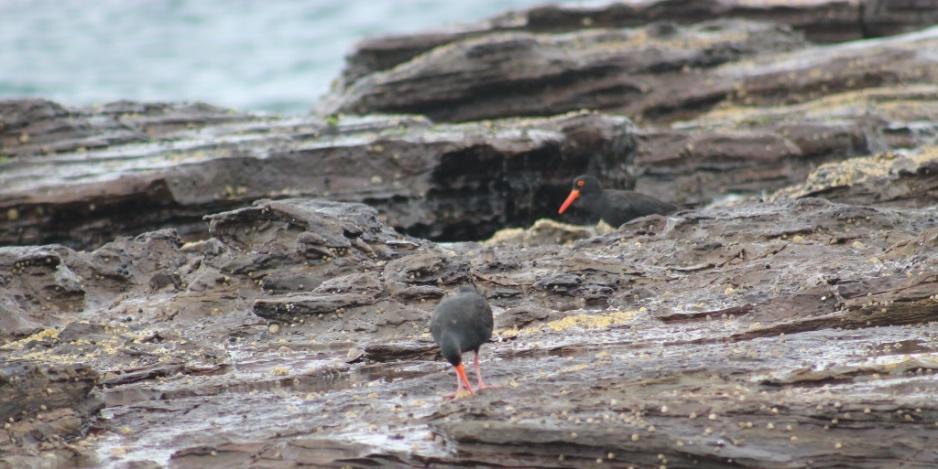
.jpg?timestamp=1631976751724)
